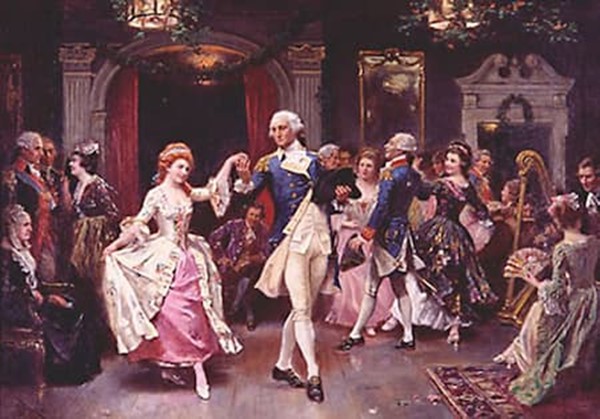Partita in A minor for Solo Flute BWV 1013 “BourrEE Anglaise”
by J. S. Bach
Bourée started as a folk dance in the mid 17th century, upon its adoption by the Academie of Dance at the French court, it entered the world of society.
One of the characteristics of the form is its quarter-measure upbeat.

As a dance, it starts with an initial movement, a plié (where the knee is bent while the body is held upright) on the supporting leg, followed by three changes of weight on the legs during the measure – from this simple beginning, many variations have evolved over time.
The Bourree Anglaise is the final movement of the Partita in A Minor BWV 1013 by J.S. Bach.It has replaced the traditional Gavotte in this case. It is different from a Bourree as it has slightly different phrase construction. It still has the duple meter and anacrusis but the arpeggiated passages are not usually common to the Bourree.
In Bach’s French Suite No.3 BWV 814 in B Minor an Anglaise follows the Sarabande like in the Partita and was written around the same time. It is worth listening to for some context. The Bourree Anglaise was not so common in Bach’s compositions, so it is also interesting from that point of view.
Bach – French Suite no. 3 in B minor BWV 814 – Hantaï | Netherlands Bach Society
French Suite BWV814 Anglaise is 9 minutes in.
Performance wise the Bourree Anglaise has the normal counterpoint and voices to bring out. Tempo can be guided by the dance steps which skip along not skate along full speed. Maintaining tone quality in the middle register is the biggest challenge. Can’t remember when I have played so many middle register E’s that need to be full, resonant and musical one after the other. If they are missing the fundamental third harmonic, they will be thin, weak and not project.

Recent Comments